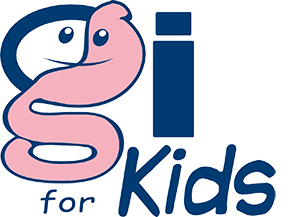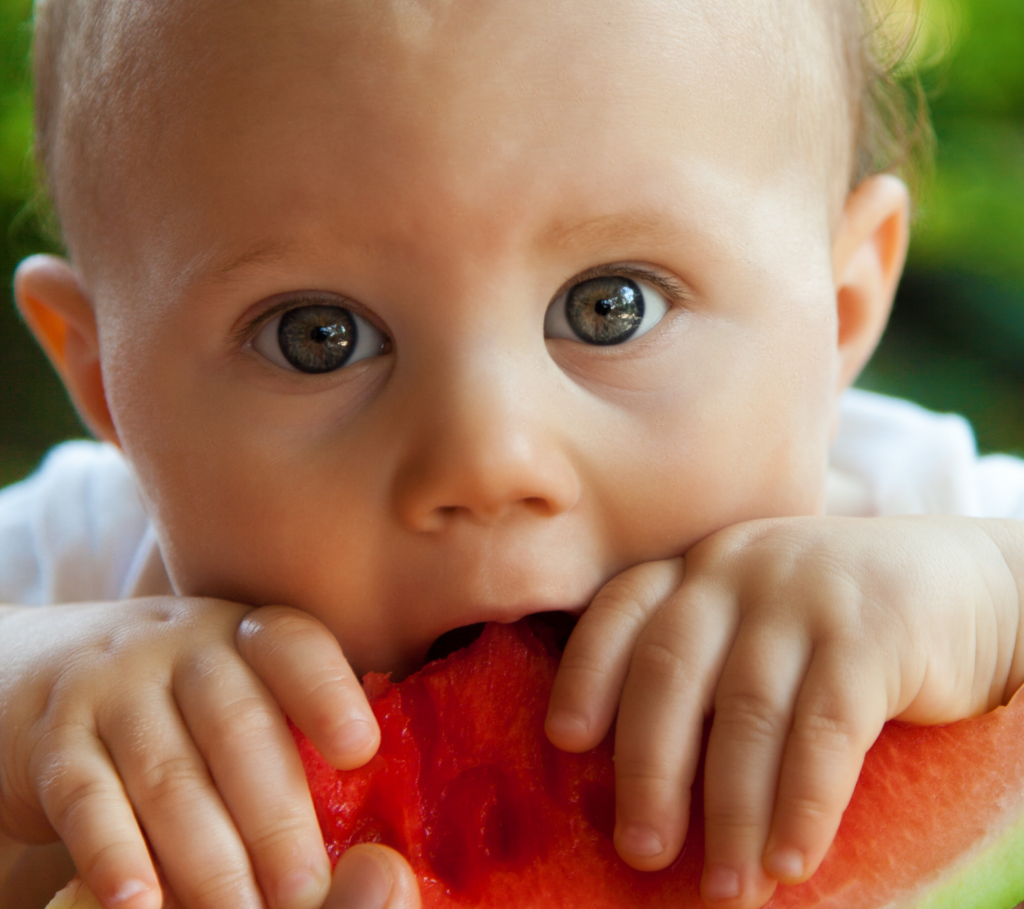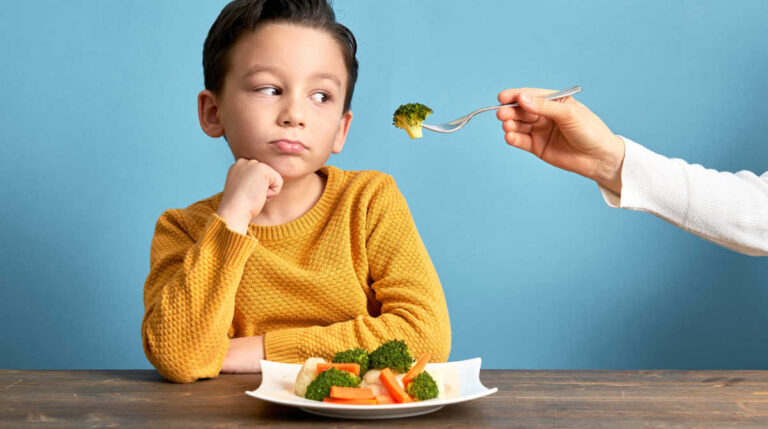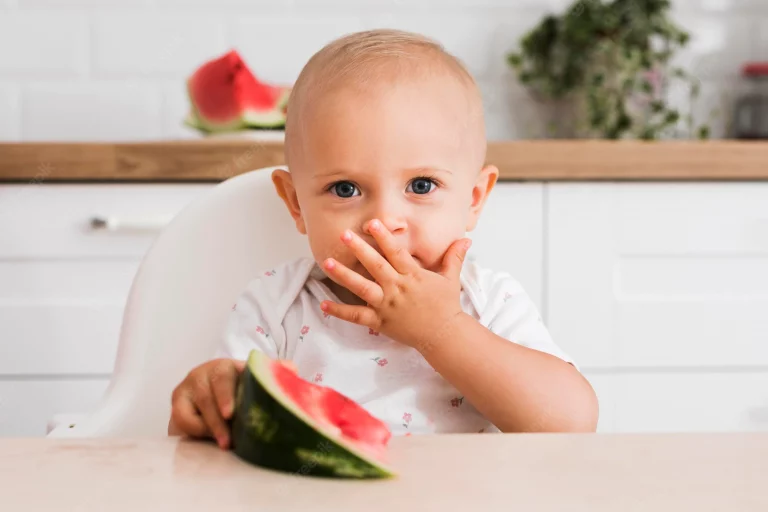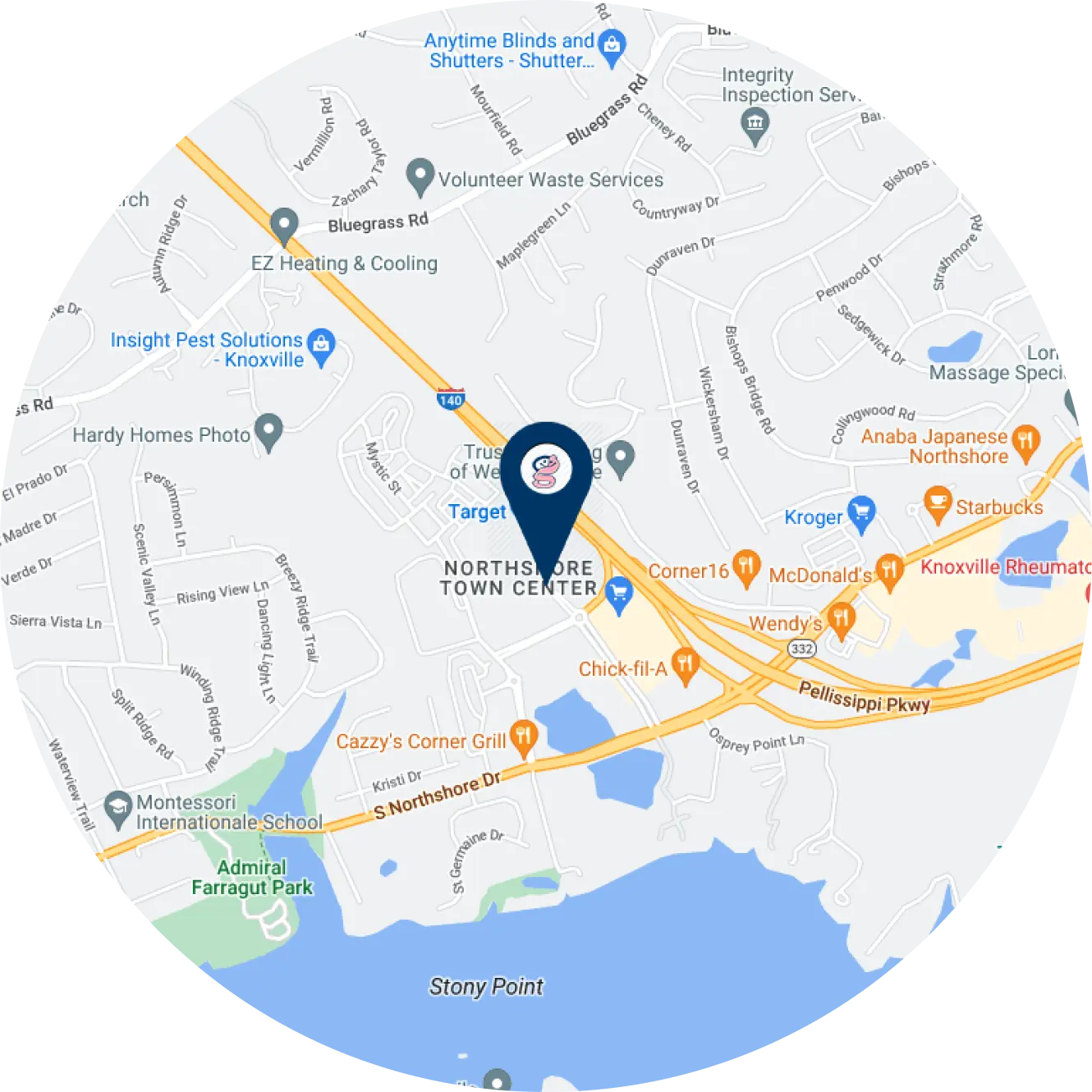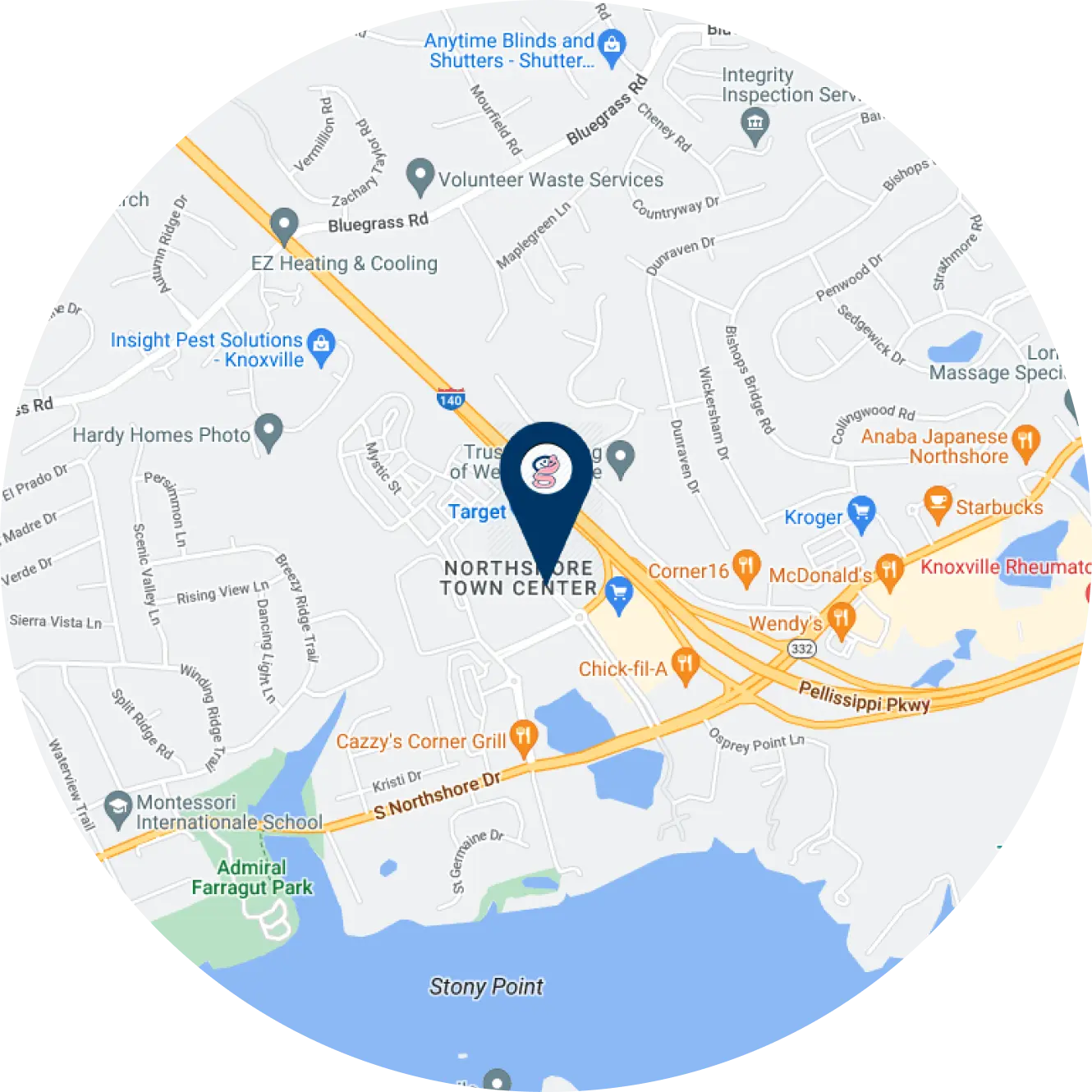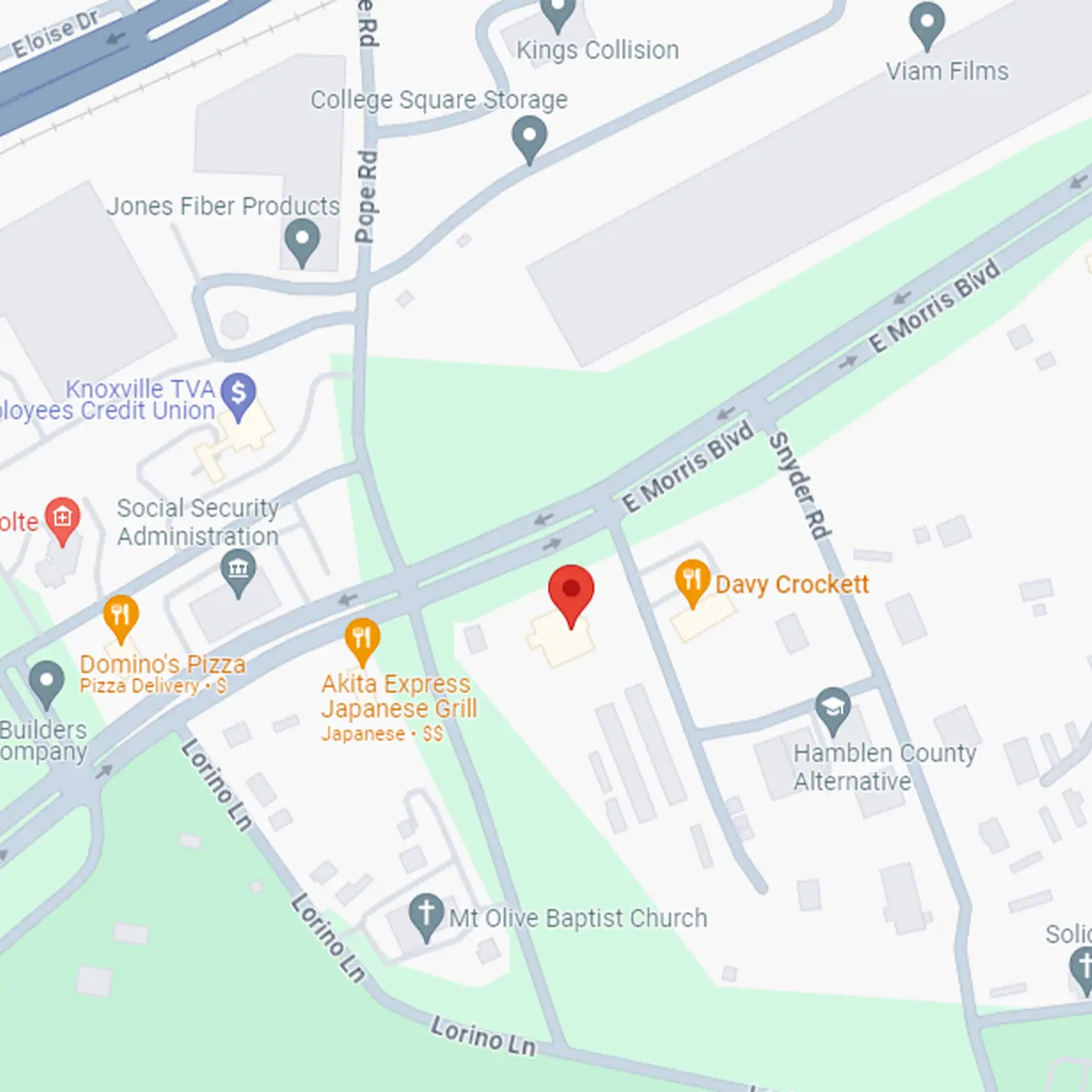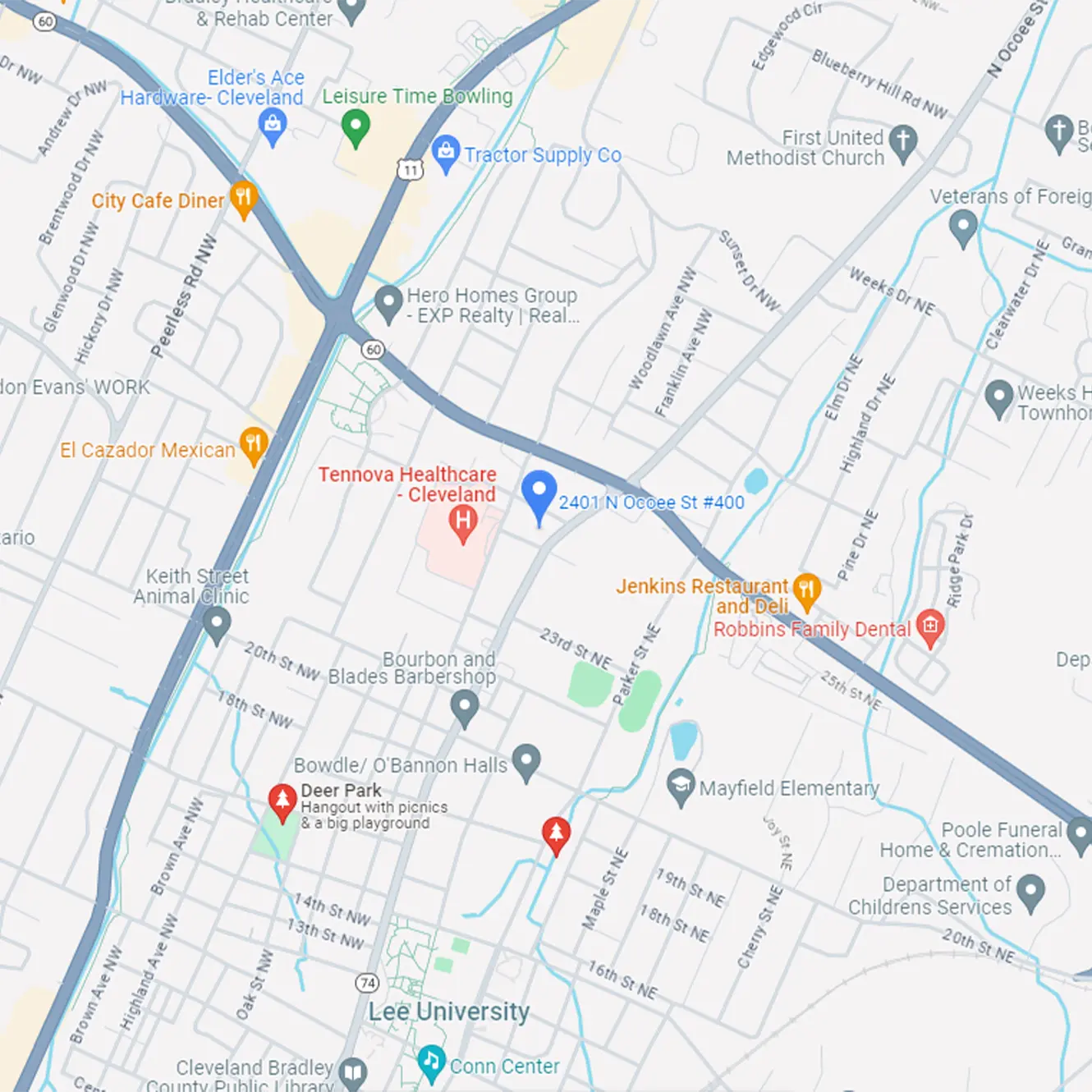Making You Own Baby Food
Starting solids is an exciting time for parents. However, for some, it can be overwhelming. There are many options with trendy approaches such as homemade baby foods and Baby Led Weaning. Prepackaged baby foods can be a great option. But whether it be your preference, need for increased calories, or food allergies, making your own baby food may be of value to you. Other benefits include knowing exactly what is in your baby’s food, custom-tailoring the texture to your baby’s taste preferences, and helping baby learn what fresh food looks and tastes like!
Considerations for making your own baby food
Baby’s Calorie Needs and Ability to Meet Them
When starting solid foods, your baby’s intake of milk will likely decrease. However, it is important to note that the nutritional content of baby food and milk is not the same. For example, stage 1 green beans are about 12 calories/ounce, whereas, breast milk is about 18 calories per ounce. The rate of growth begins to slow around the time you are starting solid foods so your baby may need less calories; however, some babies have increased calorie needs due to slow growth, breathing difficulties, or surgery. For babies that have feeding difficulties or poor appetite, every calorie may be of great significance. Making your own baby food or fortifying store-bought baby food with extra calories may be helpful in these scenarios.
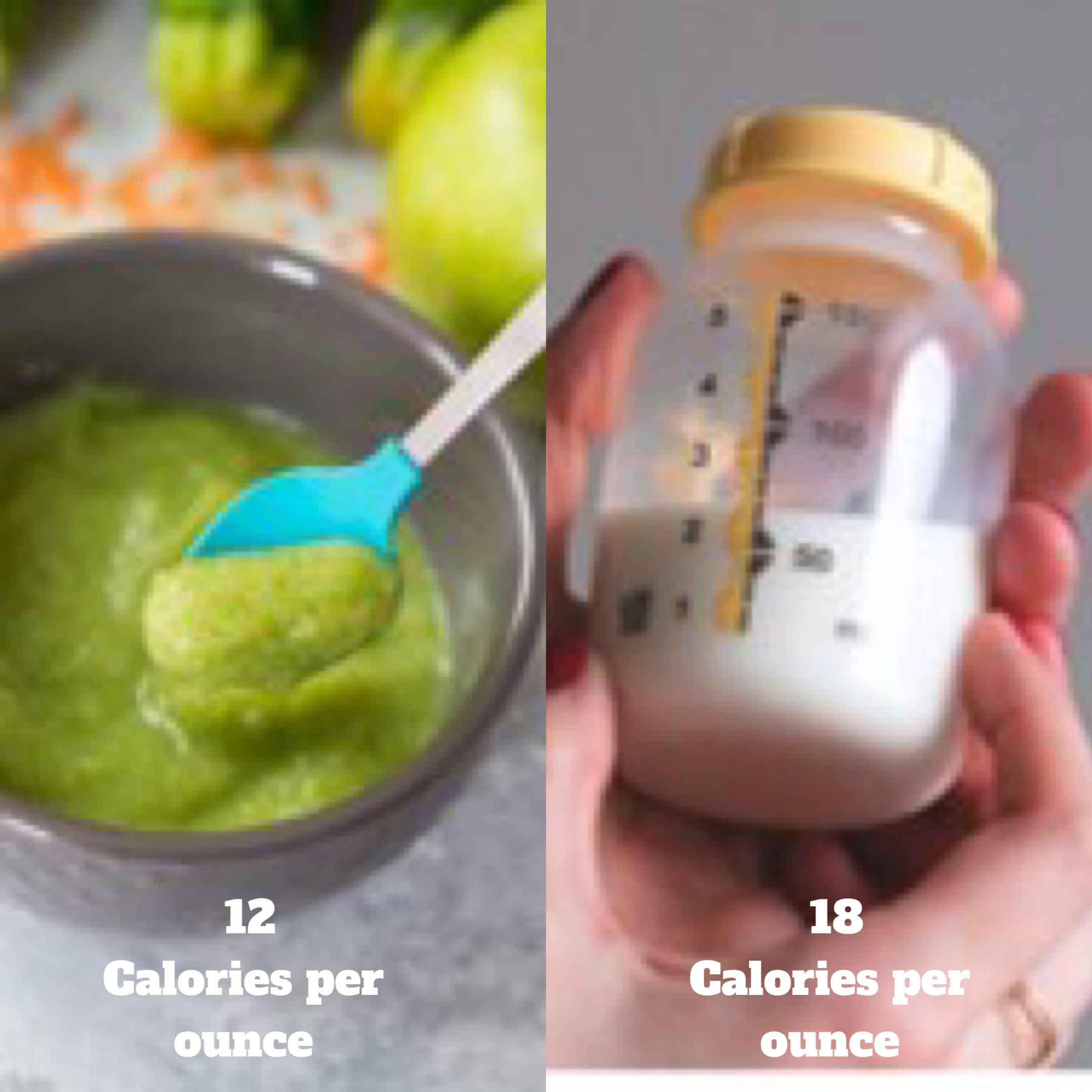
Other Nutrients to Consider: Fat and Iron
Fat is probably the most important nutrient in a baby’s diet. Adequate fat is imperative for brain development during the first 2 years of life. There is little to no fat in baby food. Sometimes moms will tell me that their baby loves baby food and is eating great, but they will not drink breast milk or formula. Even if the baby is getting adequate calories from baby foods alone, he/she is likely not getting enough fat (and other nutrients).
Another important nutrient to consider is iron. Iron stores begin to diminish in breast milk after about 4-6 months. Formula is generally fortified with iron but babies who are solely breast fed depend on baby food to get iron once the iron in mom’s breast milk becomes inadequate. Iron is important because it helps make hemoglobin, which carries oxygen around the body. Inadequate iron may cause slow growth, lethargy, and delayed development.
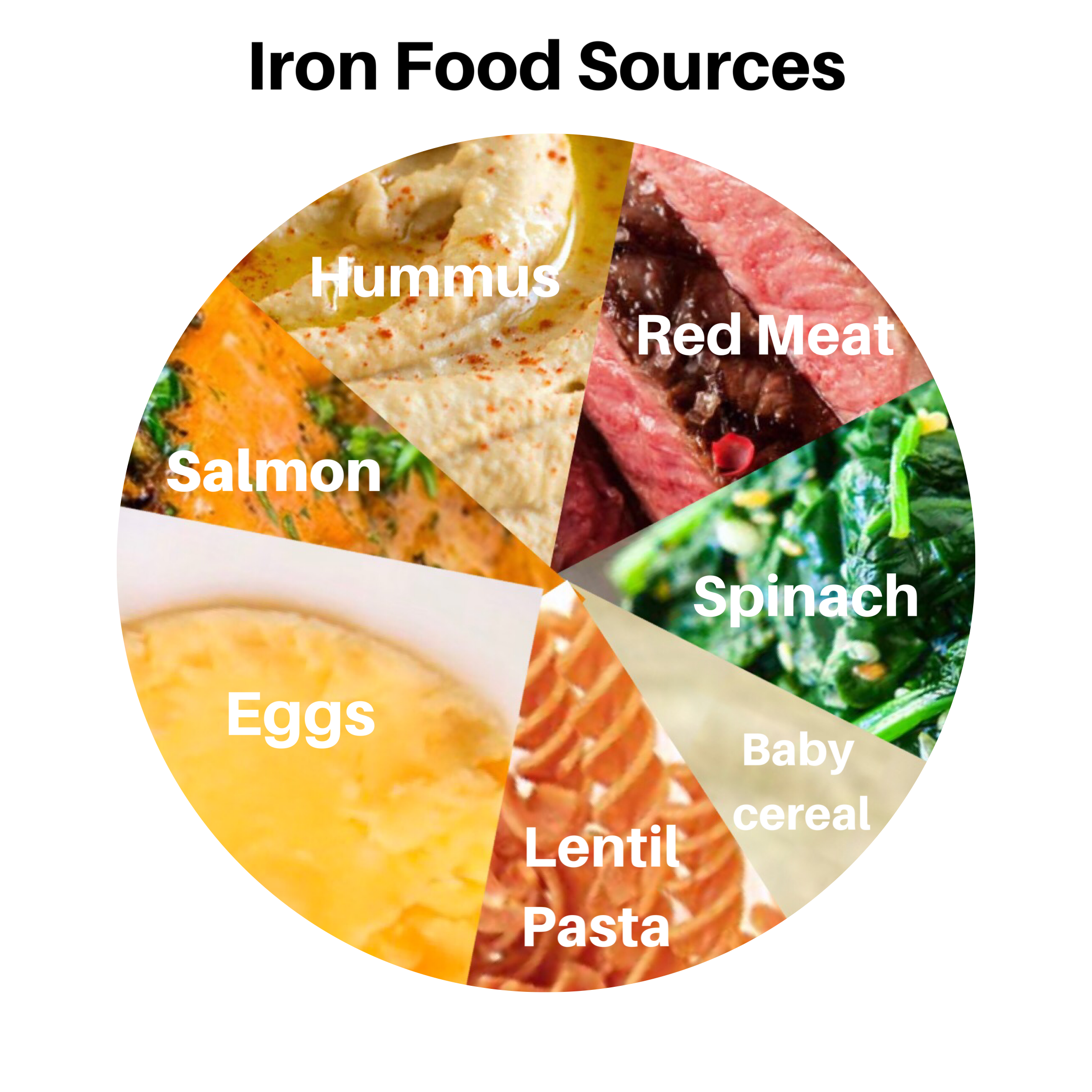 Baby Food Purees vs Baby Led Weaning
Baby Food Purees vs Baby Led Weaning
Once your baby is around 4-6 months of age and able to sit up unassisted, it is usually recommended to start solid foods. Baby cereal is often the first food that is recommended. Baby cereal is a good source of iron, easy to prepare, and easy for baby to eat. The typical progression for baby foods following cereal looks something like this:
| Age | Breast Milk | Formula | Cereal/Breads | Vegetables | Juice/Fruits | Meat/Eggs | Development Feeding Practices |
| 4-6 months | 8-10 feedings daily | 26-40 ounces iron-fortified formula | 1-2 Tbsp. baby cereal twice daily. Thin with breast milk or formula. Start with rice cereal. | Can begin spoon feeding baby. Hold baby when bottle feeding. | |||
| 6-8 months | 6-8 feeding daily | 24-32 ounces daily. Amount will decrease after starting baby foods. | Baby cereals mixed with breast milk or formula: ¼ – ½ cup per day. Small amounts of melba toast, Zwieback or crackers. | Strained vegetables 3-4 Tbsp. twice daily. Start with green then yellow varieties. | Unsweetened juice from cup, vitamin c fortified, no more than ½ cup daily. Begin with apple juice. Start with baby juice or dilute adult juice (½ juice, ½ water). | May start juice from cup, not a bottle. Hold baby when bottle feeding. | |
| 8-10 months | 4-6 feedings daily | 20-24 ounces daily | Cereals, toast, mashed potatoes, rice or noodles; ¼ – ½ cup daily. | May advance to junior strained vegetables or tender vegetables from the table. | Limit to ½ cup unsweetened juice daily. Begin strained fruits 3-4 Tbsp. twice daily. | Strained meat, egg yolk or hard cooked egg yolk, or well-cooked beans or peas; 1-2 Tbsp. daily. | Chews soft table foods and eats finger foods. Hold baby when bottle feeding. |
| 10-12 months | May wean if mother and baby desire. | 16-24 ounces daily. Offer dairy products—plain yogurt, mild cheese. | Thicker cereal. Increase serving size according to appetite. | Increase serving size according to appetite. | Continue to limit to ½ cup unsweetened juice daily. 3-4 Tbsp. strained fruit per day. Soft pieces of ripe, raw, peeled fruit. | 1-2 Tbsp. finely chopped meats once or twice daily. | Starts spoon feeding self. Greater use of cup. |
| Over 12 months | May wean if mother and baby desire. | 2% or whole milk: 2-3 cups per day.
NO MORE BOTTLES. |
4 servings per day. | *2-3 small servings daily. Offer a variety. | 2-3 small serving of fruit* or juice daily. Offer a variety. Limit juice to 4 ounces daily. | Two 1-ounce servings of protein foods such as meat, eggs, dried beans, or peas. | All fluids from cup. Spoon feeds self. |
Baby Led Weaning (BLW) is an alternative method to starting solids that has become increasingly popular with parents. Baby Led Weaning may be beneficial in progressing fine motor skills and preventing picky eating by introducing a variety of textures earlier. With BLW, food is cut into long strips and the baby is encouraged to feed themselves. Both pureed foods and BLW can result in adequate development and feeding progression. The method you choose may depend on a variety of reasons.
Tips for Making your Own Baby Food
- Choose foods that are high in fat and iron. If you are using formula or baby food cereal that is fortified with iron but looking for additional calories – adding butter, oils, flaxseed or wheat germ to pre-packaged baby food may be adequate.
- Use food safety guidelines: Foods should be eaten within 2 hours at room temperature. Pureed foods can be safely stored in the refrigerator for 3 days. Pureed foods can be safely kept in the freezer for 3 months.
Check out these resources for additional information on making your own baby food and Baby Led Weaning!
https://www.eatright.org/food/planning-and-prep/snack-and-meal-ideas/how-to-make-homemade-baby-food
https://newwaysnutrition.com/2019/03/01/how-to-cut-foods-for-baby-led-weaning/

